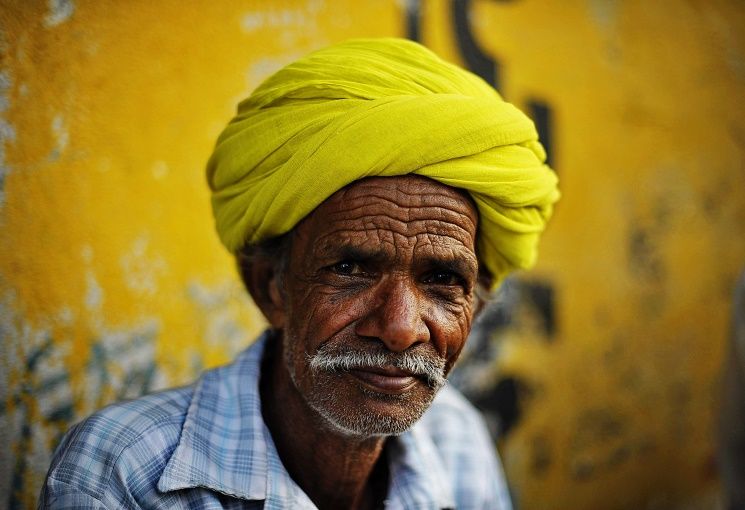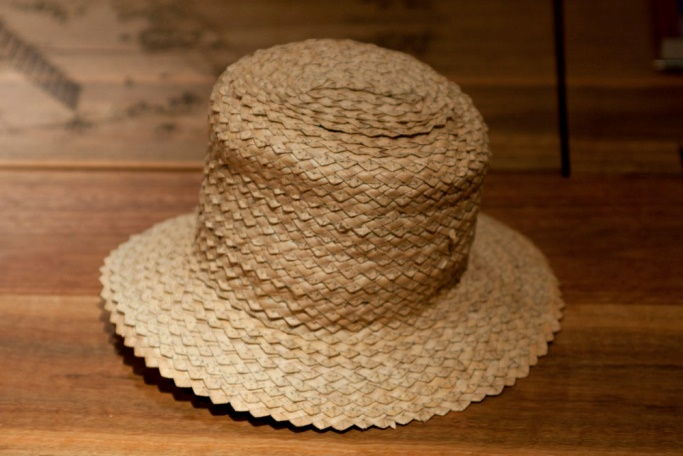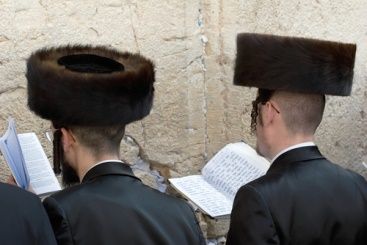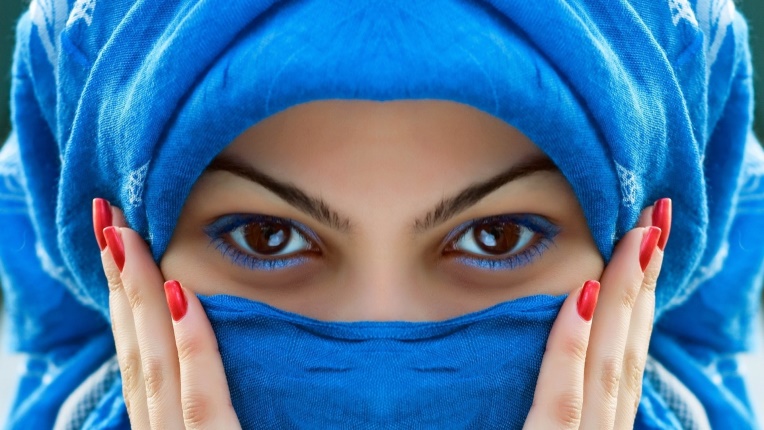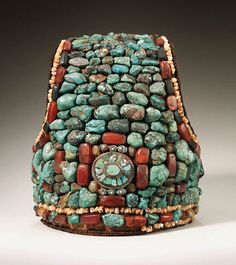6. Turban
Not exactly something you can put on but more of something you need to wrap around your head, the turban is worn in India, Middle East and Africa and apart from being a protection against sun, it can mean different things based on the colour of it. Mostly, a sign of being wise, respected and of blue blood, the turban signifies stature and society.
7. Cabbage Tree Hats
Made from the leaves of cabbage tree palm, the cabbage tree hat was first made by Australians for sun protection but later on, it had to lend its name to a notorious gang, who were called by the name of “Cabbage tree mob” and their prime activity? Crushing hats of men they thought were “too full of themselves”. I wouldn’t mind joining them, on second thoughts.
8. Shtreimel
A hat worn by Haredi Jew on Sabbath also has a traditional story to its origin’s backing. They say, a ruler ordered all male Jews to be identified on Sabbath day by wearing a tail on their heads. The Jewish sat down and thought it over because to not follow that would be to not follow the law of the land, which was against their religion. So, they made a royal hat and wrapped tails around it, making an order they hated to follow into a hat that would live on for centuries to come.
9. Tagelmust
The reason behind calling men, “the blue men of the desert”. A cross between a veil and a turban, the tagelmust is dyed in indigo and is often blue, as it was thought to be more pleasing and resembling nobility. It is worn by both men and women and the men make sure to never take it off in presence of anyone else, save family. How it’s wrapped, will reveal a lot about the clan and the region they belong to. How blue it is would speak about how wealthy the wearer is.
10. Perak
The old aristocracy of Ladakh is the patron of this headdress. A strap of leather, studded with semi-precious stones, like turquoise, makes up the ornament. Usually, the number of rows signified the economic status of the woman. The norm went something like, nine rows for the queen of Leh, seven for other aristocracy, and three for the ones below them in rank.
Comments
Powered by Facebook Comments


